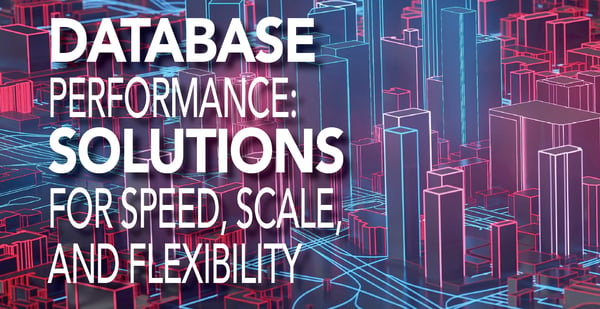If your business needs a solution to handle massive amounts of data and scale horizontally with ease, CrateDB, an open-source, distributed SQL, multi-model database is definitely the right choice. But where do you start if you're new to CrateDB?
We'll introduce you to some of the best tutorials tailored by our own experts to help you get started with CrateDB. These resources will help you learn the basics and get up and running quickly. First up, on the CrateDB website, you can find valuable information on the blog, documentation, and, of course, our community. Let's start with the basics and dive deep into the details.
CrateDB: From basic to advanced tutorials
- Getting Started: On this page, you will find instructions for installing CrateDB on both Linux and macOS systems. Proper installation is the first step in using any software package.
- Reference: Now that you know the basics, on this page, you can find a wide range of topics to show you how to make the most out of CrateDB. These topics include joins, clustering, storage and consistency, resilience, CLI tools, and more. It also covers more detailed issues like configuration, node-specific settings, cluster-wide settings, session settings, logging, environment variables, general use, data definition, data manipulation, querying, built-in functions and operators, and much more.
- Sharding & Partitioning: Sharding and partitioning are crucial concepts for scaling up a system. In this blog post, we'll explain how sharding and partitioning work in CrateDB. We'll begin by providing clear definitions, discussing the principles behind the distribution of shards and replication in CrateDB, and outlining strategies to avoid common bottlenecks.
- Indexing: Moving forward, our goal is to help you learn how to make the most of CrateDB features. In this blog post, we'll be exploring how the storage layer in CrateDB works. The storage layer is responsible for ensuring that data is stored safely and accurately, and that it can be retrieved efficiently. The CrateDB storage layer is built on top of Lucene indexes, which offer scalable and high-performance indexing. This enables efficient search and aggregations over documents, as well as rapid updates to existing documents.
- Logical Replication: Finally, we recommend that you read our blog post on logical replication in CrateDB. Logical replication in CrateDB is based on the publish-subscribe model. In a nutshell, the publisher is a database instance that provides data to other locations through publications. Publications contain tables that are available for replication. In addition to data, all types of operations such as INSERT, DELETE, UPDATE, and schema changes are also replicated.
CrateDB Cloud: Top tutorials to get started
Now that you have all the information about how to get started with CrateDB let's delve into CrateDB Cloud. CrateDB Cloud is designed to be scalable, reliable, and high-performing. Our engineers have all the necessary details you need if you recently acquired CrateDB Cloud and want to get started.
- CrateDB Cloud Intro: In this video, our engineers guide you through CrateDB Cloud in a demo environment. You'll learn how to start and scale a new cluster, implement logical replication, and run data ingestion.
- CrateDB Cloud Docs: Whether you're new to CrateDB or looking to optimize your existing subscription, we've got you covered with resources and tutorials to guide you along the way. On this page, you'll learn all about the essential database drivers and client applications for CrateDB, including CrateDB Admin UI, Crash, PSQL, DataGrip, and DBeaver.
- CrateDB Cloud Reference: Our repository includes information on subscription plans, regions, marketplace offers, user roles, types, and privileges, billing principles, payment methods, invoicing, custom contracts, payment processing, API access, examples, and a glossary to help you navigate our platform with ease. Whether you are a new or existing user, our repository has everything you need to get started and stay informed.
- Deploy a Cluster: Here, you'll learn how to subscribe to and deploy your cluster on CrateDB Cloud with our helpful tutorials. Start by signing up and then choose from two easy methods to get started with deploying your cluster.
- Monitoring: In this tutorial, you'll learn all about monitoring your CrateDB Cloud cluster using the exposed Prometheus metrics.
- Tutorials Page: Finally, to sum it all up, this page offers a comprehensive guide that will assist you in making the most out of your newly set-up cluster. These tutorials will guide you through all the essential features and practices that can help optimize your CrateDB experience.


